Packaging Design for Luxury Brands
Packaging design for luxury brands is not merely a protective layer for products—it is a work of art that reflects the brand’s identity and values. In this article, we explore the importance of packaging design for luxury brands, the latest trends, and essential tips that lead to success.
Packaging Design in Harmony with Brand Identity
Packaging is often the first point of contact with your brand. Therefore, your packaging design must be in perfect alignment with your brand identity. Elements such as color palette, logo, typography, and material choice should reflect your brand’s luxurious presence. For example, a minimalist design emphasizes a sleek, modern brand image, while colors like gold and black evoke a sense of prestige and sophistication.
Color Palette:
Colors amplify emotional perception.
Gold represents luxury and prestige; black adds a modern edge.
Choose colors that reflect brand values and customer expectations.
Logo and Typography:
Key components that reflect your brand’s personality.
A sleek and legible font communicates professionalism.
For instance, sans-serif fonts offer a modern and minimal appearance.
Material Selection:
Materials enhance consistency between packaging and brand identity.
Velvet or leather, for example, provide a luxurious tactile experience.
Material Selection and Quality
For luxury brands, the choice of materials is just as critical as the design itself. Premium materials elevate perceived product value and create a lasting impression. Velvet, leather, and thick cardboard convey a sense of luxury, while eco-friendly materials show environmental consciousness.
High-Quality Materials
Increase perceived value and enhance brand prestige.
Materials like velvet, leather, or rigid cardboard evoke luxury.
Sustainable Materials
Signal environmental responsibility.
Use recyclable or biodegradable materials to reflect eco-conscious values.
Personalization and Special Touches
Personalized packaging makes customers feel exclusive and valued. Adding names, handwritten notes, or tailored messages can transform your packaging into a memorable brand experience.
Customized Messages
Print customer names or personalized notes on the packaging.
Example: “Dear [Customer Name], this exclusive piece is made just for you!”
Handwritten Notes
Bring a warm and authentic human touch.
A handwritten thank-you note enhances the emotional connection.
Balancing Functionality and Aesthetics
Packaging must be both visually appealing and practical. A well-designed package protects the product while offering convenience. Foldable or reusable packaging can be both functional and environmentally friendly.
Product Protection
Protects the product from damage.
Use materials like thick cardboard or foam inserts for added safety.
Ease of Use
Ensure the package is easy to open, close, and store.
Features like magnetic lids or collapsible structures enhance user experience.
Current Trends and Innovative Approaches
Keeping up with packaging trends helps luxury brands stay ahead. Minimalist designs, sustainable materials, and interactive features are major packaging trends for 2025. Incorporating technologies like QR codes or augmented reality can bring your packaging to life.
Minimalist Designs
Clean and elegant presentation.
Simple lines and subtle branding enhance a modern luxury look.
Interactive Packaging
Use QR codes or AR to create a digital extension of the physical product.
Customers can scan codes to discover product details or brand stories.
Sensory Experience and Brand Perception
Luxury packaging goes beyond visual appeal—it should stimulate the senses. Tactile materials and signature scents can enrich the unboxing experience and strengthen brand perception.
Tactile Experience
Velvet or matte finishes create a luxurious feel.
Encourages a deeper emotional interaction with the brand.
Scent
A unique fragrance adds an emotional and memorable dimension.
For example, infusing the package with a signature scent makes it unforgettable.
Sustainability and Eco-Conscious Design
Sustainability is increasingly vital for luxury brands. Using recyclable or biodegradable materials reflects environmental commitment, enhances brand value, and meets customer expectations.
Recyclable Materials
Reinforce your eco-conscious image.
Use cardboard, paper, or recyclable plastics.
Biodegradable Options
Reduce environmental footprint.
Materials that break down naturally showcase long-term brand responsibility.
Related Article: Sustainable Design
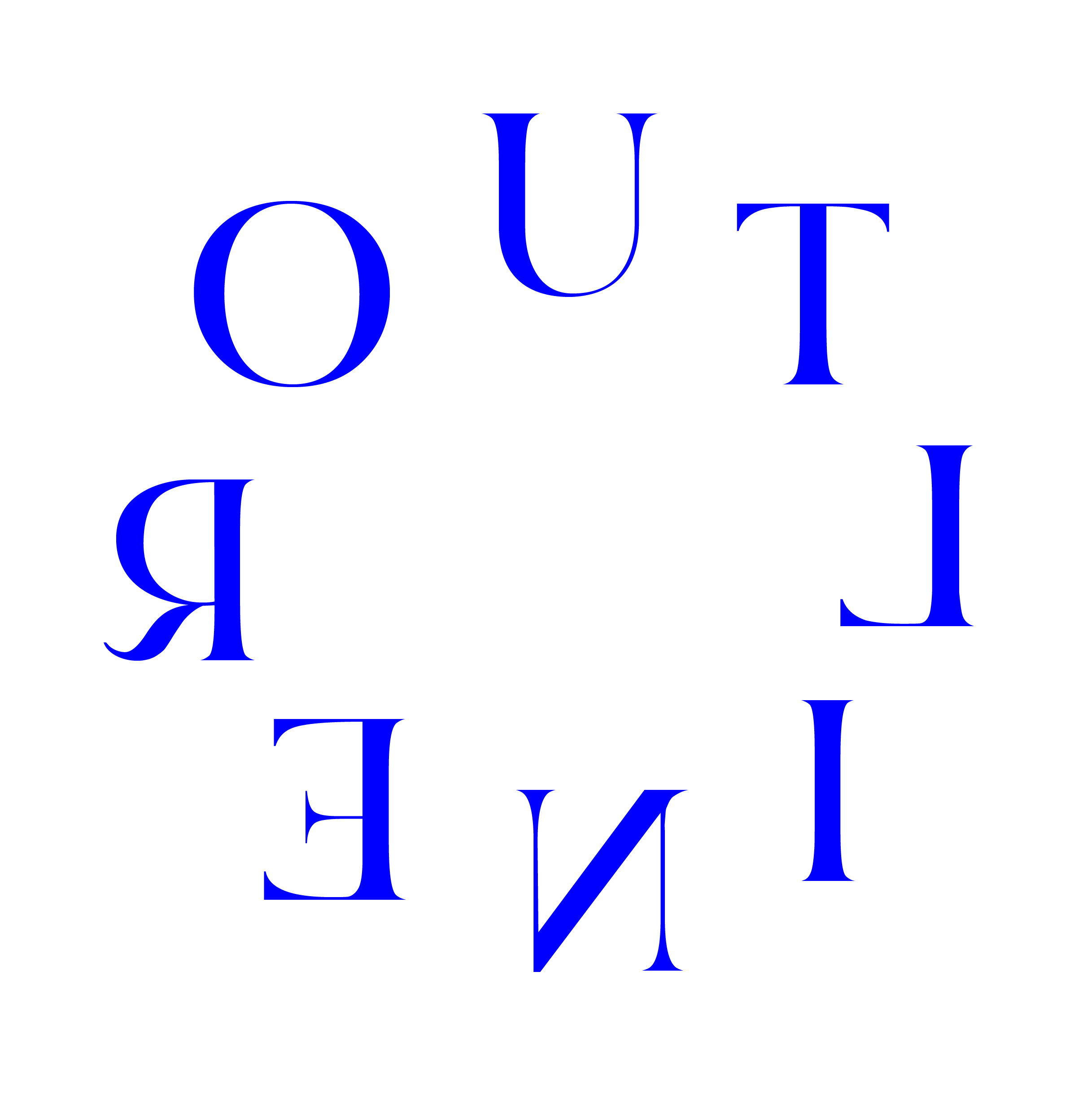

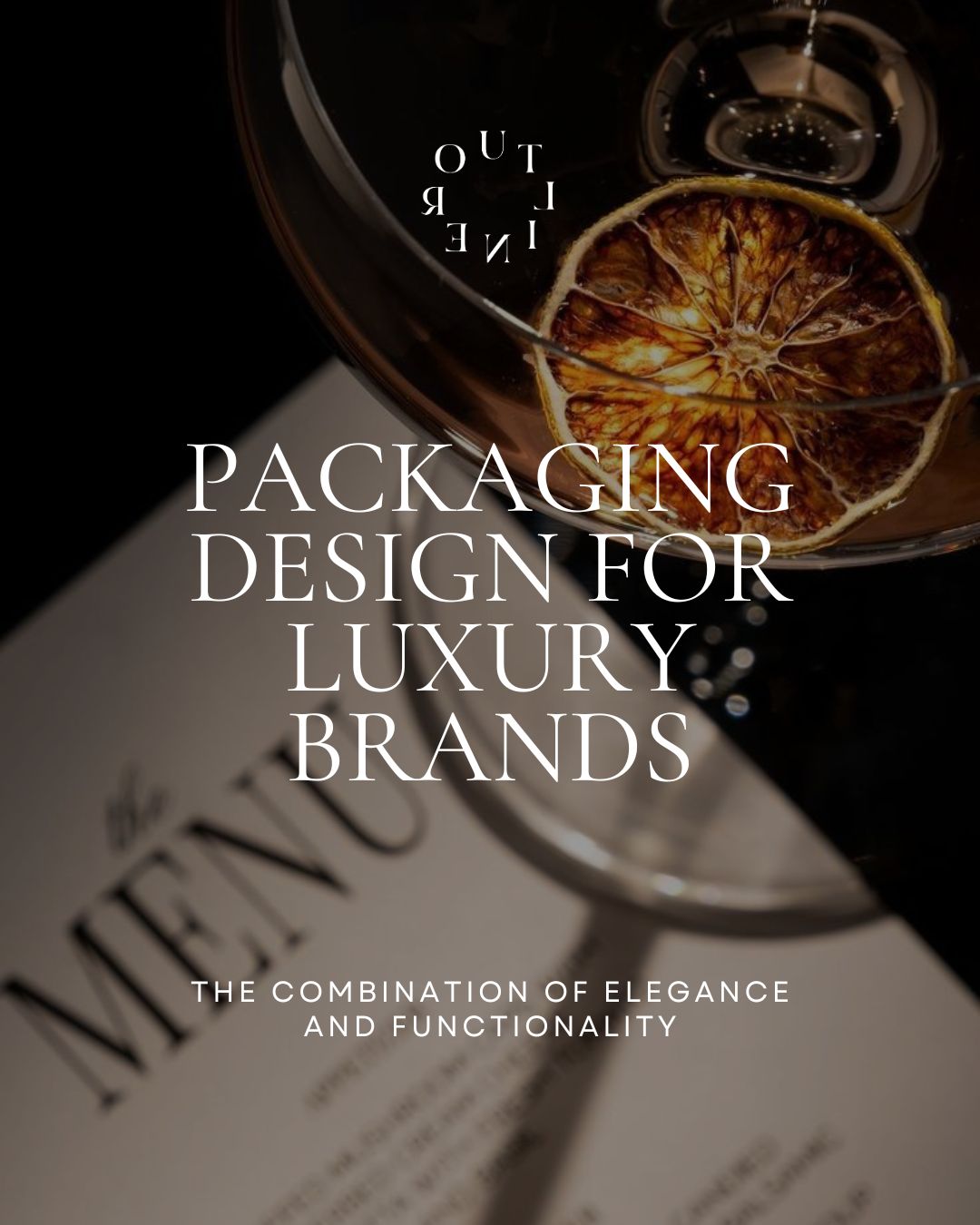
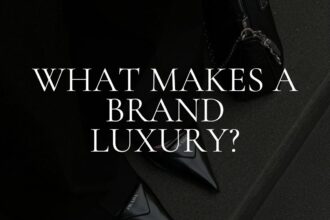
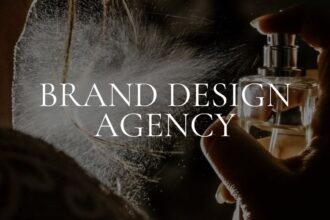
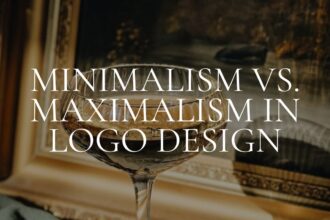
Leave a Reply